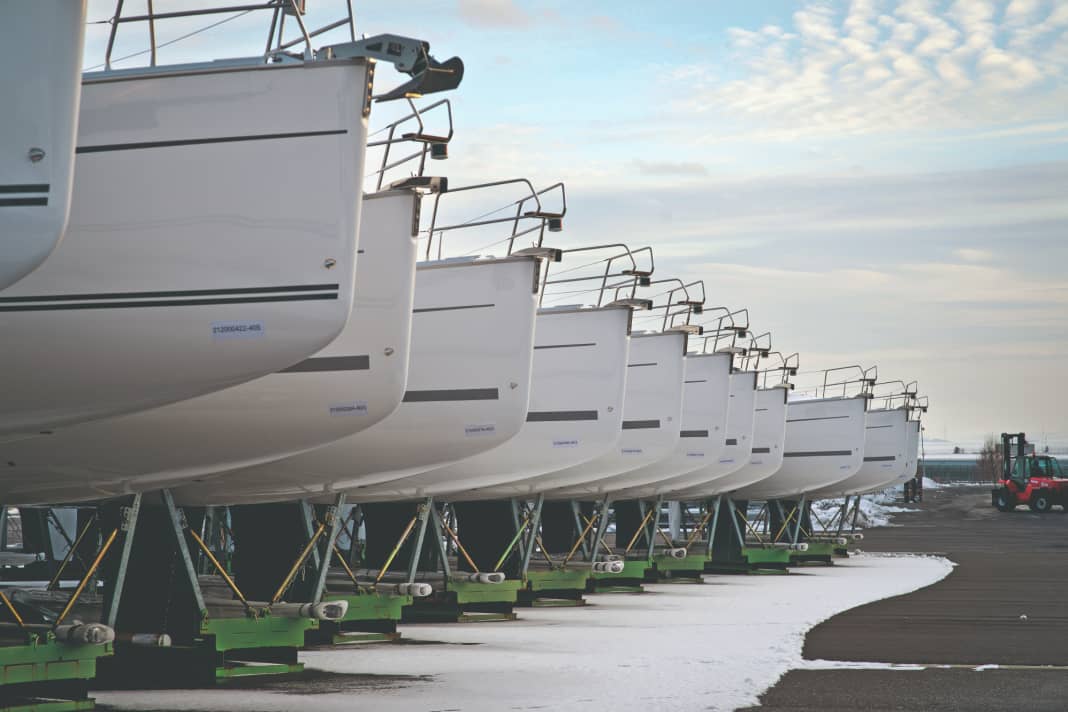





These figures are like a ray of light on the horizon: in this year's boot Düsseldorf survey, a whopping 42 per cent more of the trade fair visitors surveyed signalled their willingness to buy a sailing boat in the near future compared to 2020. And 39 per cent of those surveyed said they wanted to book a charter cruise. This was reported by Petros Michelidakis, Director of boot, in Hamburg in mid-November.
"The market is still there!" he emphasised, even if the sailing boat industry as a whole is stagnating as a result of the current multiple crises. Despite the understandable reluctance to spend, there is also enough money available. "Visitors to boot Düsseldorf are affluent, they have an average net household income of 7,000 euros," said Michelidakis.
Increases in charter and training
Karsten Stahlhut also gave a cautiously optimistic assessment of the situation. The Managing Director of the German Water Sports Industry Association said that almost all companies in Germany were suffering from the economic downturn, the rise in interest rates on loans and the effects of the energy crisis and international conflicts. Nevertheless, there are individual industry segments that have at least returned to the turnover levels of the pre-corona years. "This applies above all to the entire sailing and motorboat training sector," says Stahlhut.
We want to encourage beach holidaymakers to take the step onto the board and boat" (Petros Michelidakis on the boot initiative "Destination Seaside")
There was even a slight increase in the charter segment. On average, yachts were booked 19 weeks a year this year. However, Stahlhut pointed out that in view of the recent sharp rise in prices, so-called purchase charter models are currently only profitable in the Mediterranean region due to the longer sailing season there. "For the charter fleets on the Baltic Sea, this could mean that the yachts on offer will now remain in stock for longer than before."
The larger the yachts, the more stable the sales
In the German boat trade, the small segment continues to be a cause for concern; according to the BVWW definition, this is boats under seven and a half metres in length. Sales of yachts up to 12 metres are also sluggish. In contrast, the larger the yachts, the more stable sales are, as in previous years. The local large-scale shipyards are working at full capacity until the second quarter of next year. It is not yet possible to predict whether the consequences of the recent storm surge will bring boat builders noticeable additional business.
However, what is most lacking are concepts on how to get young people interested in boating in the long term. Both Stahlhut and Michelidakis emphasised this. At boot, they will therefore try to attract coastal holidaymakers to the water with a variety of initiatives. "There is a lot of potential in this," believes Petros Michelidakis.
